Invited Speakers
Invited talk #1
Title: D2W Hybrid & Fusion Bonding to Enable
Advanced Packaging
Speaker: James Papanu, Tokyo Electron Limited
Bio:
James Stephen Papanu is a distinguished engineering and technology
leader with over 35 years of experience in the semiconductor industry,
specializing in semiconductor packaging, wafer fabrication, and PV/glass
coating. As Senior Director at Tokyo Electron Limited, Mr. Papanu oversees the
development of advanced semiconductor technologies, particularly in
die-to-wafer and wafer-to-wafer hybrid bonding, plasma etching, and advanced
packaging. Prior to this, he served as Technology Director for Advanced
Packaging Applications at Applied Materials (AMAT), where he led critical
development projects in die singulation and cluster tool integration. His
leadership at AMAT resulted in the successful qualification of new toolsets for
high-volume production.
Throughout his career, Mr. Papanu has been awarded 63 patents,
reflecting his significant contributions to plasma processing, surface
conditioning, and innovative semiconductor manufacturing techniques. His
expertise in the development and commercialization of cutting-edge technologies
has made him a key figure in advancing both front-end and back-end
semiconductor processes. Mr. Papanu’s work has spanned the entire product
lifecycle, from initial concept and feasibility to customer engagement and
product release.
With a Ph.D. in Chemical Engineering from UC Berkeley, Mr. Papanu has
also authored numerous technical publications and is frequently invited to
speak at international conferences. His ongoing leadership in the field
continues to shape the future of semiconductor technology, making him a
valuable contributor to the industry's advancements.
Abstract:
Die-to-wafer (D2W) hybrid and fusion bonding are critical enablers for
3DI applications. An integrated approach comprising test vehicle design and
cluster tool development for high-volume manufacturing has been implemented.
High-yield bonding requires well-controlled surface preparation,
defect/contamination-free interfaces, and precise die placement. Unique to our
cluster tool approach is a TEL Clean Carrier (TCC) that mitigates organic
contamination associated with tape frame carriers, and in turn can enhance
customer bonding yield and subsequent package yield. The TCC approach also
allows for leveraging of existing platform, plasma chamber, and wet processing
chamber designs and technology without scaling these platforms and chambers to
accommodate tape frames. Furthermore, this cluster tool incorporates plasma and
wet processing surface preparation expertise from production-proven
wafer-to-wafer bonding tools.
The application space for logic and memory D2W bonding consists of a
broad range of die sizes, thicknesses, and aspect ratios. We have demonstrated
baseline process and TCC functional capability for large die sizes of up to
30x30 mm2 and ultrathin 30 um die bonding/stacking for HBM applications using
blanket dielectrics, and we are also developing capability for bonding of high
aspect ratio die. Patterned test vehicles (TV) with 4.5 um and 3.0 um bond pad
pitches have been designed and fabricated at the TEL Technology Center, America
facility. The upper (component die) and bottom (target) wafers both have three
levels of metallization, with die on the bottom wafer being larger to
accommodate electrical test pads on the periphery. The TV fabrication can be short
looped for initial bonding interface and alignment quality checks via CSAM and
SEM/FIB cross-sections, or full 3-level metallization for electrical testing.
These patterned TV’s currently have die areas and aspect ratios of
approximately 50-100 mm2 and 1:1, respectively. Additional test TV designs,
such as for significantly larger die sizes, are being planned. As customer
hybrid bonding placement accuracy roadmaps push to 100 nm followed by 50 nm,
these new TV designs also incorporate features to evaluate both sensitivity to
fiducial design and advanced metrology concepts.
In this paper an overview of the TEL test vehicles, TCC, surface
preparation chambers, tool platform, and die bonding module will be presented
along with representative process data and a perspective on meeting future
placement accuracy roadmaps.
Invited talk #2
Title: Glass Core Substrate Market and
Opportunity
Speaker: Tan Yik-Yee, Yole Group
Bio:
Dr. Tan Yik-Yee is a Senior Technology & Market Analyst,
Semiconductor Packaging at Yole Group, within the Semiconductor Manufacturing
& Global Supply Chain Business Line. Yik Yee Tan holds a Ph.D. in
Engineering from Multimedia University (MMU, Malaysia). She has more than 25
years of experience in semiconductor packaging. Based on her technical
expertise and market knowledge, she develops technology & market reports
and is engaged in dedicated custom projects. Prior to Yole, Yik Yee Tan worked
as a failure analyst and interconnect principal at Infineon Technologies
(Malaysia) and later as an open innovation senior manager at Onsemi (Malaysia).
While at Onsemi, Yik Yee was deeply involved in numerous innovative advanced
packaging projects. She published more than 30 papers and hold 3
patents.
Abstract:
Glass core substrate gained a lot of attention since Intel announced
the planning to adopt this material in September 2023. Intel said, “Glass
substrates help overcome limitations of organic materials by enabling an order
of magnitude improvement in design rules needed for future data centers and
Artificial Intelligence (AI) products.” It is clear, hype in demands
for AI is the mega trends of this century. It requires a system with higher
transmission speeds and bandwidths. The organic substrate is facing the
challenge to meet future system requirement. Introducing glass core substrate
material as alternative to overcome the bottleneck of organic substrate is
promising. This presentation will share the glass core substrate opportunity in
different market. In depth discussion on the challenges and opportunities.
Last, how the supply chain reaction and readiness.
Invited talk #3
Title: Pulsating Heat Pipes for Electronics
Cooling
Speaker: Winston Zhang, Novark Technologies
Bio:
L. Winston Zhang is the
founder and CEO of Novark Technologies based in Shenzhen, China since 2004, and
also an adjunct lecturer in the Department of Mechanical Science and
Engineering at University of Illinois at Urbana-Champaign since 2022. He has
three decades’ experience in the area of heat transfer and electronics cooling.
He received his Ph.D. in mechanical engineering from the University of Illinois
at Urbana-Champaign in 1996. He is a licensed professional engineer (P.E.) in
the State of Wisconsin, USA and a Fellow of the American Society of Mechanical
Engineers (ASME), Asia Liaison for the IEEE Annual Semiconductor Thermal
Measurement and Management Symposium (SEMI-THERM), Track Co-Chair for the ASME
International Technical Conference and Exhibition on Packaging and Integration
of Electronic and Photonic Microsystems (InterPACK) and a board member of the
Taiwan Thermal Management Association (TTMA).
Abstract:
Pulsating Heat Pipes are
passive thermal transport devices characterized by a serpentine micro-channel
loop that traverses back and forth from its evaporator and condenser zones.
Within this micro-channel, liquid slugs and thin liquid films trapped between
the wall and elongated bubbles undergo evaporation in the heated evaporator,
with the resulting volumetric leading to self-instigated perpetual oscillations
within the device. Pulsating heat pipes are beginning to be introduced into
industrial cooling applications, such as power electronics and data-centers. In
this talk, several case studies ranging from telecommunication base station
cooling to power electronics cooling are presented.
Invited talk #4
Title: Fluxless TCB for Chiplet Integration
Speaker: Chan Pin Chong, Kulicke & Soffa
Bio:
Chan Pin was appointed as
Executive Vice President & General Manager, K&S' Products and
Solutions in December,
2019.
He joined K&S in 2014
as Vice President of Wedge Bonders business unit and has successfully
turnaround the business
and led the team to higher growth by diversifying the business into the battery
bonding market.
Chan Pin is a technology
industry veteran with more than 24 years of engineering and
operations experience in
the semiconductor and electronics industry. He started his career first as a
Process and Test Engineer at Motorola Pagers and Cellular group and pioneered
multiple factories in Asia before advancing to the role of Manufacturing Manager
at Flextronics. In 1999, Chan Pin joined KLA-Tencor and held a number of
diverse positions, including Senior Technical Director of Engineering and
General Manager of Strategic Business Unit in Greater China. Chan Pin then
pioneered the efforts of starting the MEMS factory in Singapore when he became
the Vice President of Sales and General Manager at Form Factor. Most recently,
he was the Global President & CEO at Everett Charles Technologies, managing
and leading in test and probe technologies.
Chan Pin received his
bachelor's degree in Electrical Engineering and Computer Science from
the State University of
New York at Buffalo and a master's degree in Business Administration
from the University of
Leicester, United Kingdom.
Abstract:
As demands for high-performance computing for servers,
artificial intelligence, and cloud applications continue to rise, the industry
is pushed to have larger dies and denser I/O interconnects. As a result of
these industry drivers, an aggressive approach to enable higher functional
density and higher bandwidth packages is required. To overcome packaging
interconnection challenges of below 35um pitch, a new revolutionary process
with in-situ copper oxide and tin oxide reduction, with solutions reaching huge
dies and fine-pitch chipsets. It also support in-situ Formic Acid (FA) vapor
application for copper and solder oxide reduction. This Formic Acid fluxless
TCB process eliminates the need for flux, reducing complexity and improving
reliability. It allows for larger dies, higher-density interconnects, and
fine-pitch chipsets, expanding application possibilities in high-volume
manufacturing.
Invited talk #5
Title: RDL-First Interposer Technology for Next
Generation Advanced Packaging
Speaker: Chai Tai Chong, IME
Bio:
Mr. Chai Tai Chong is a
Senior Principal Research Engineer at the Institute of Microelectronics (IME),
A*STAR, with an impressive 30-year career in IC packaging research and
development. His expertise spans a wide range of advanced packaging
technologies, including Chip Scale Packaging (CSP), Fan-Out Wafer Level
Packaging (FOWLP), 2.5D interposer packaging, and 3D System-in-Package
(3D-SiP).
Throughout his career,
Mr. Chai has led numerous industry consortia projects at IME, collaborating
with global semiconductor companies to drive innovation and adoption of
cutting-edge packaging solutions. He has been the Principal Investigator (PI)
for several IME-led initiatives, demonstrating his deep technical knowledge and
leadership in the field.
Currently, Mr. Chai is
spearheading the HPC Photonic Chiplet Consortium, focusing on the integration
of high-performance computing (HPC) and photonic chiplet technologies. His work
aims to advance the capabilities of the next-generation packaging solutions,
addressing the increasing demands of high-performance computing and artificial
intelligence applications.
Abstract:
System-in-Package (SiP) solutions using chiplets are
gaining significant interest as a way to overcome the limitations of
traditional System-on-Chip (SoC) and board-level integration. These solutions
enable reduced form factors, improved performance, and cost efficiencies.
However, the increasing demands of generative AI require higher power and
memory capabilities beyond what current 2.5D SiP architectures can provide.
This presentation introduces a test vehicle that integrates high-performance
compute, memory, and photonic chiplets on a large RDL-first interposer. It
facilitates process integration, material evaluation, and reliability testing
for high-density interconnections, including UCIe and HBM bridge interfaces. I
will be discussing RDL-first technology as a promising platform for
heterogeneous integration in next-generation advanced packaging.
System-in-Package (SiP) solutions using chiplets are gaining significant
interest as a way to overcome the limitations of traditional System-on-Chip
(SoC) and board-level integration. These solutions enable reduced form factors,
improved performance, and cost efficiencies. However, the increasing demands of
generative AI require higher power and memory capabilities beyond what current
2.5D SiP architectures can provide. This presentation introduces a test vehicle
that integrates high-performance compute, memory, and photonic chiplets on a
large RDL-first interposer. It facilitates process integration, material
evaluation, and reliability testing for high-density interconnections,
including UCIe and HBM bridge interfaces. I will be discussing RDL-first
technology as a promising platform for heterogeneous integration in
next-generation advanced packaging.
Invited talk #6
Title: Towards AI-Assisted Design of Thermal
Management Strategies
Speaker: Hardik Kabaria, Vinci4D
Bio:
Hardik Kabaria is the CEO and co-founder
of Vinci4D, where his team is building the co-pilot for hardware engineers and
designers. Their goal is to accelerate the design process by 10X through
proprietary foundation models for precision 3D geometries and physics. A key
application of these models is enabling designers to perform physics
simulations 100 times faster, seamlessly integrated into their existing
workflows. Their first application is heat conduction simulation of really
complex geometries seen in advanced packaging and increasing the via density.
Hardik holds a Ph.D. in Computational
Geometry and Mechanics from Stanford University. After completing his doctoral
work, he joined Carbon3D, a 3D printing startup, where he served as VP of
Software. In this role, he led the development of software systems that bridged
design and manufacturing.
Abstract:
We introduce
Vinci-Thermal©, an AI-assisted tool to quickly compute the temperature
distribution of complex electronic components. Trained with thousands of cases,
we show that it can compute temperature distributions and effective conductivities
over complex redistribution layer-inspired geometries in a few seconds.
Additionally, Vinci-Thermal© incorporates a hierarchy of progressively accurate
models to always return an answer with the desired accuracy. When used in
conjunction with a tiling strategy, Vinci-Thermal© can compute temperature
distributions over large components.



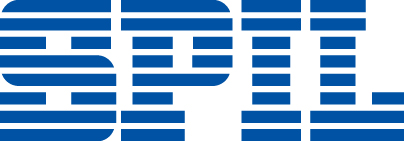


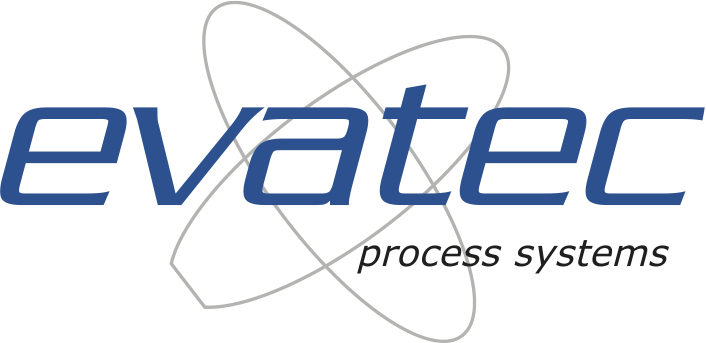
 RGB-1.png)



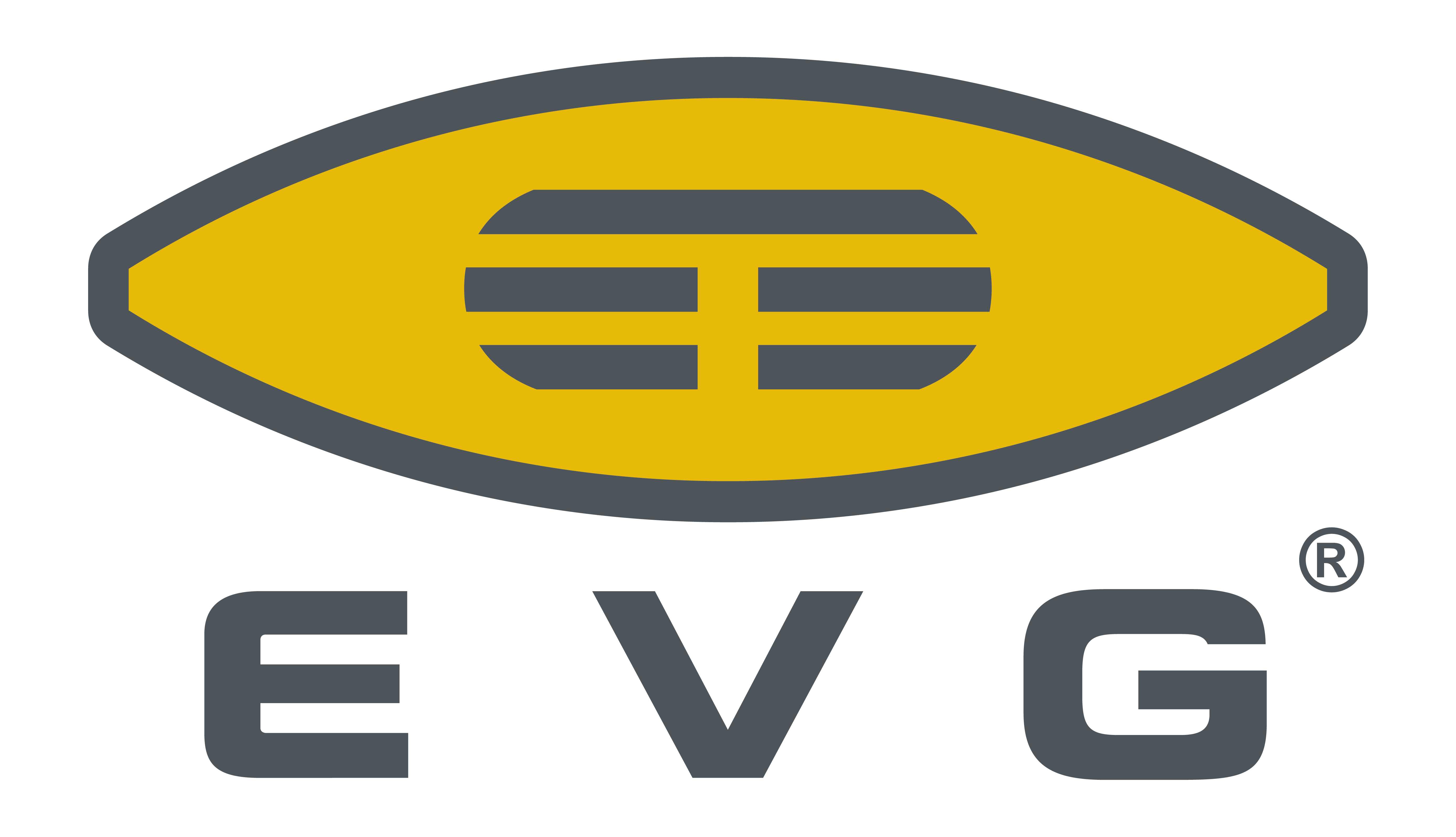

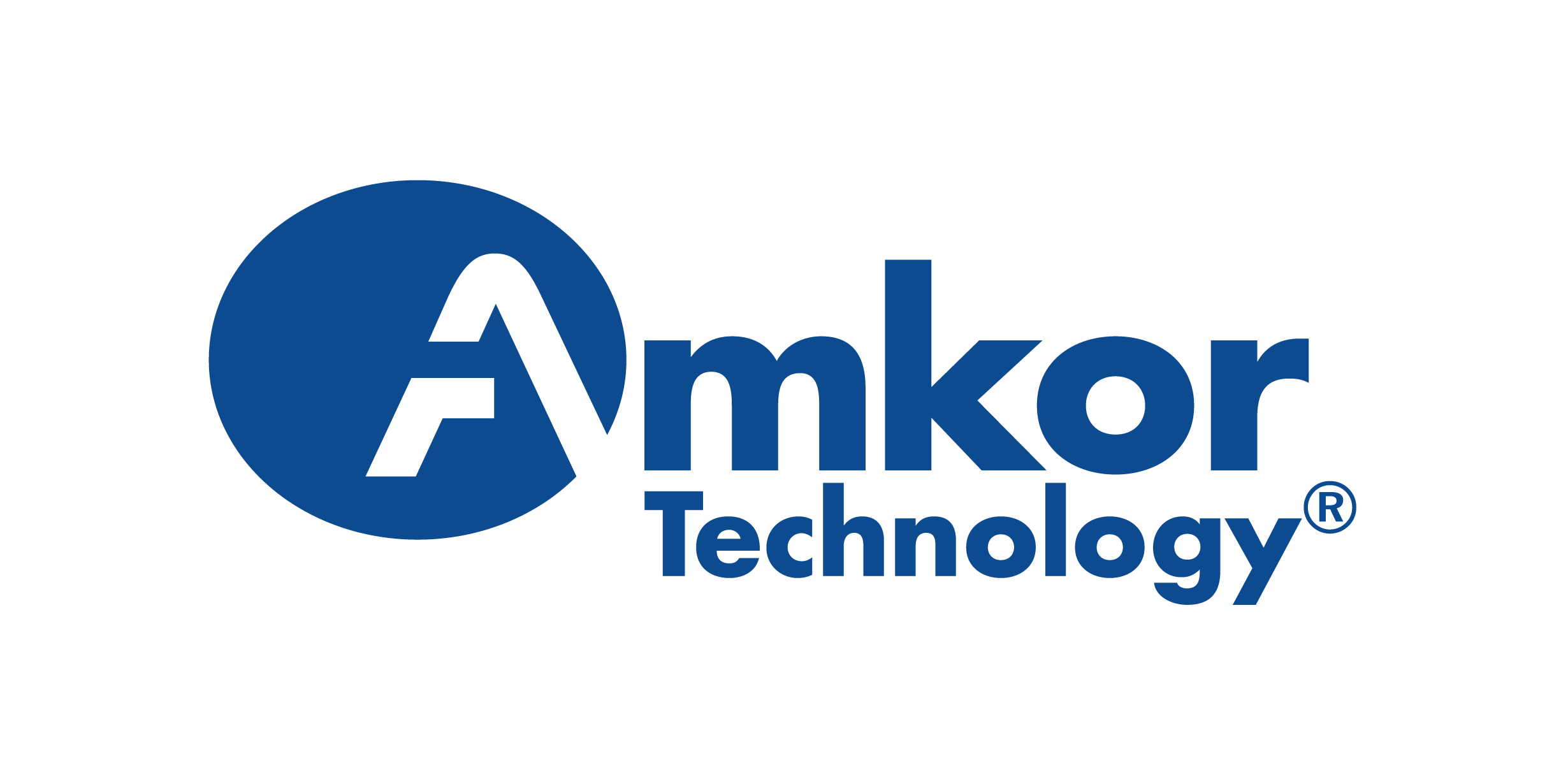
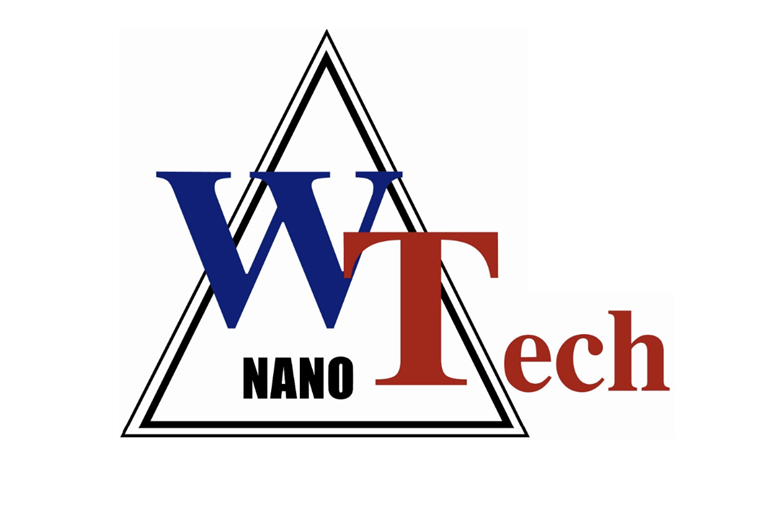


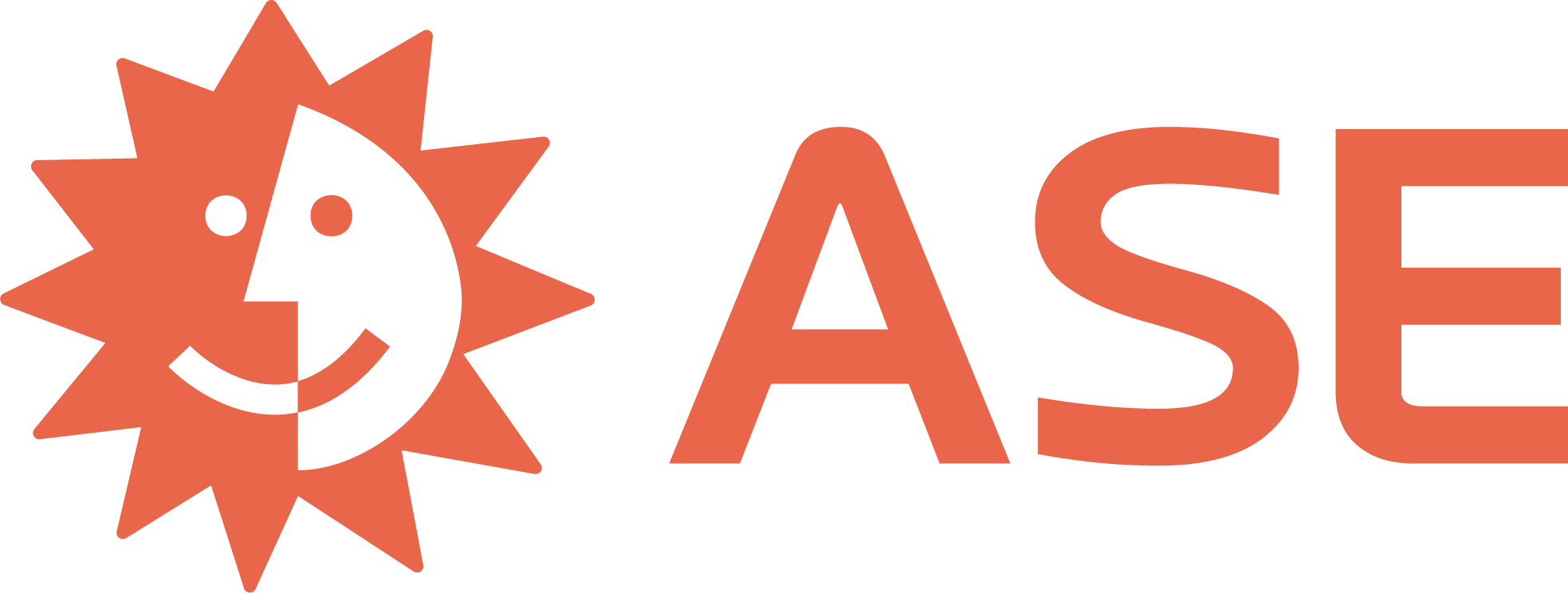

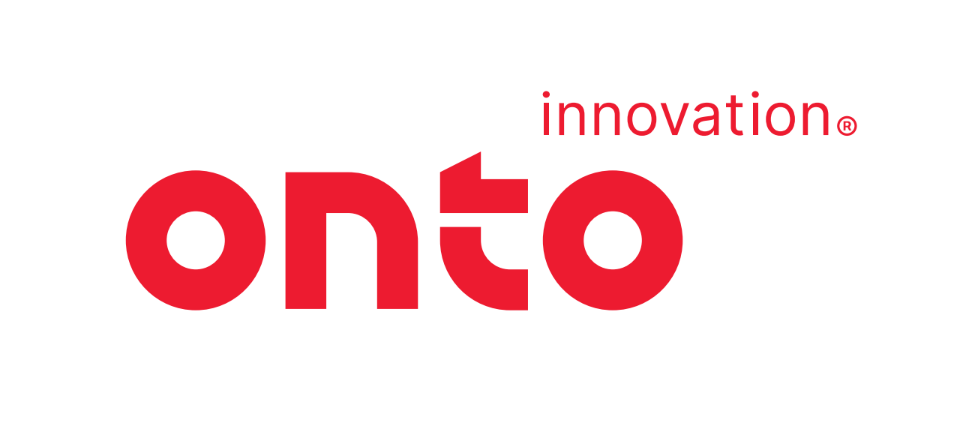


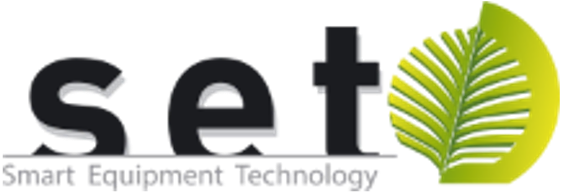
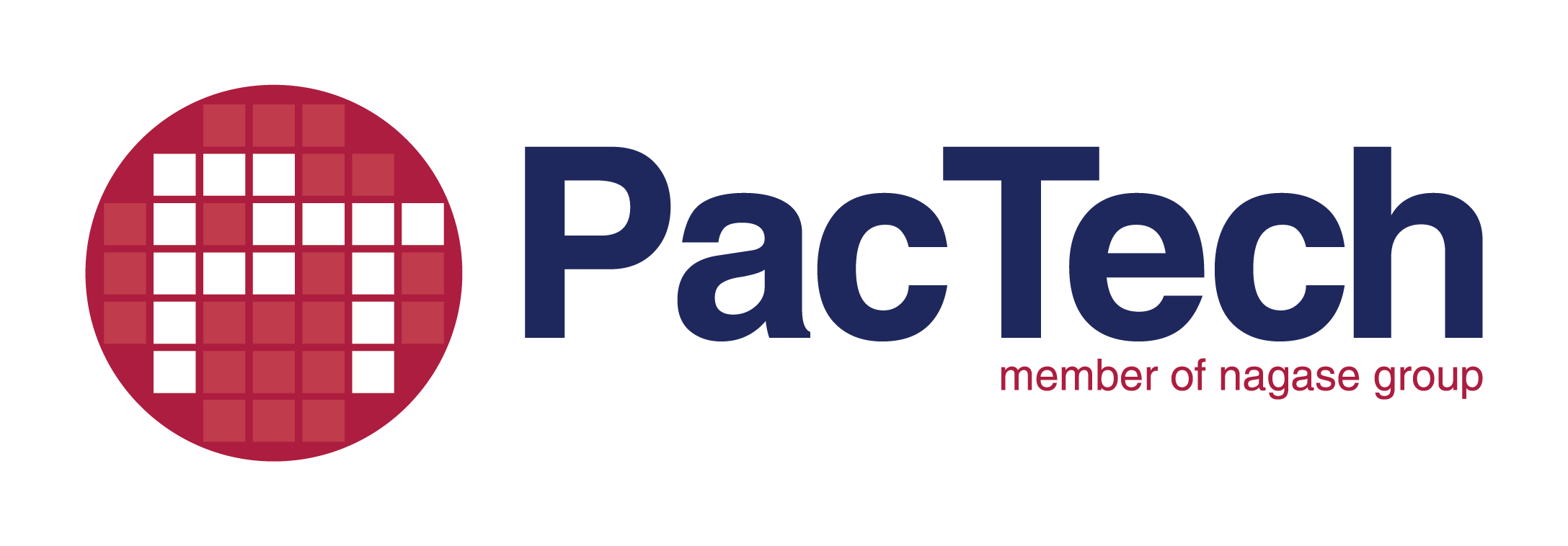
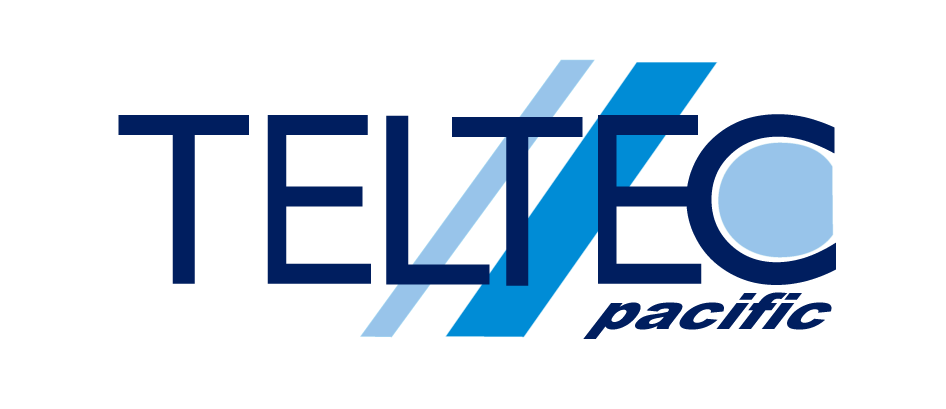

.png)
.jpg)
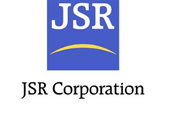
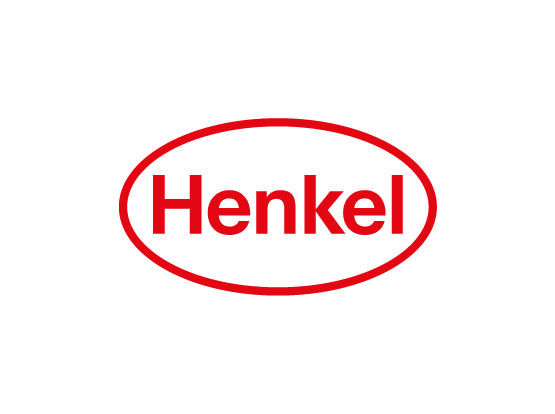




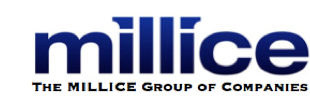
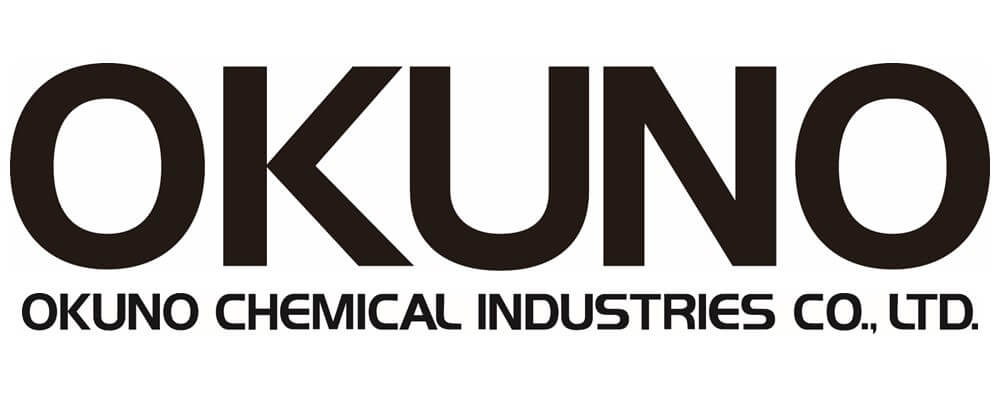

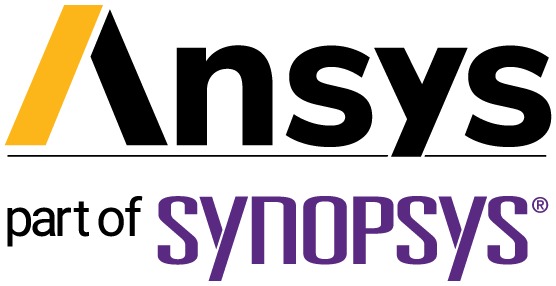
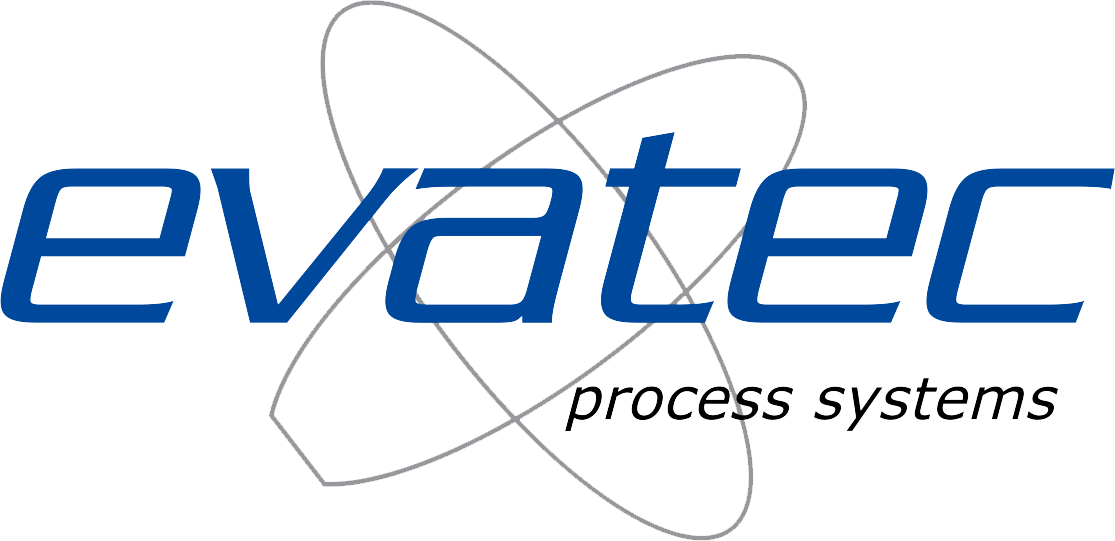



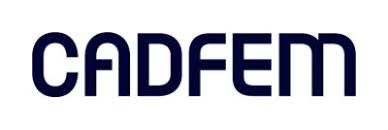

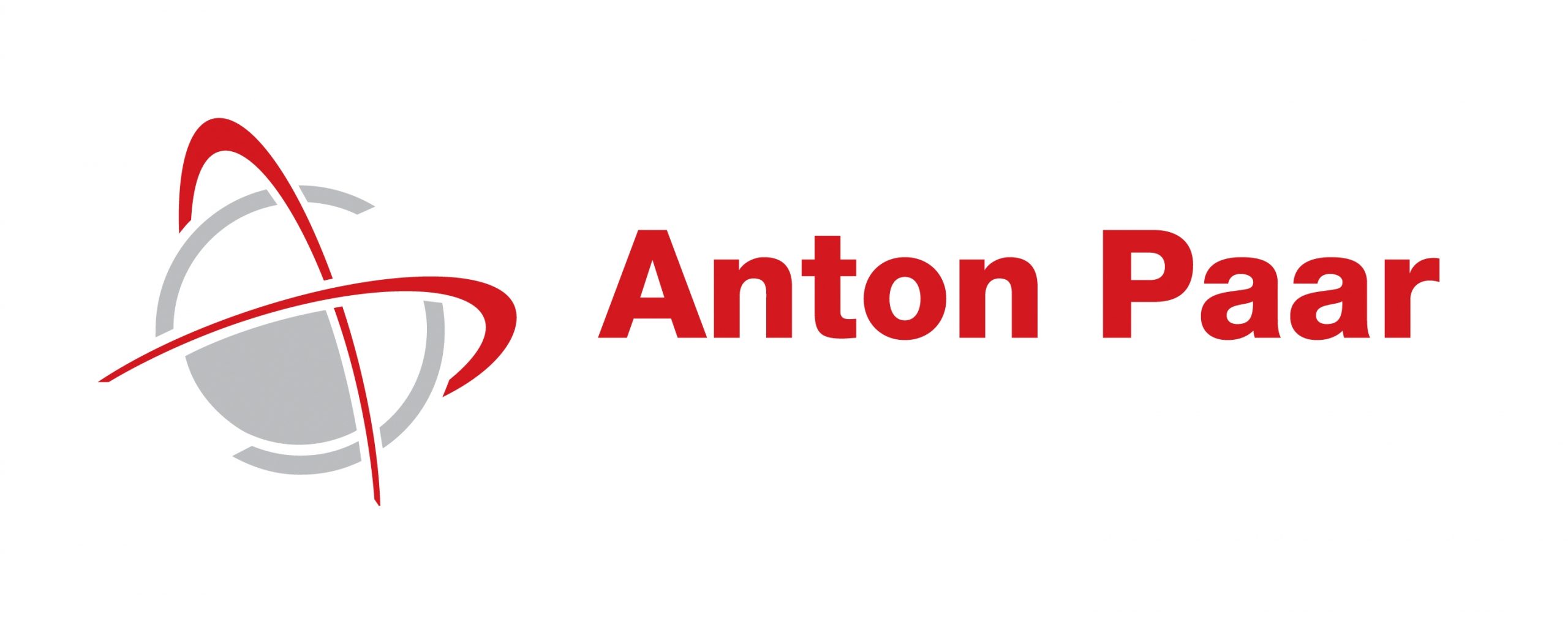
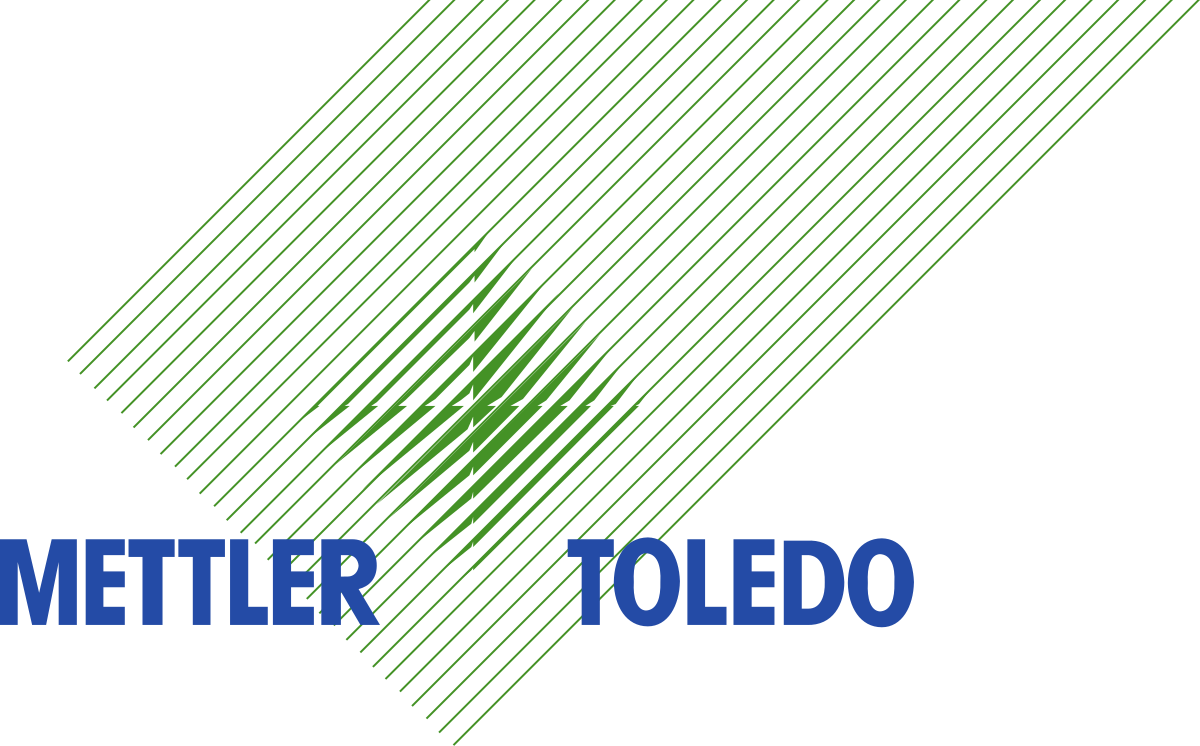
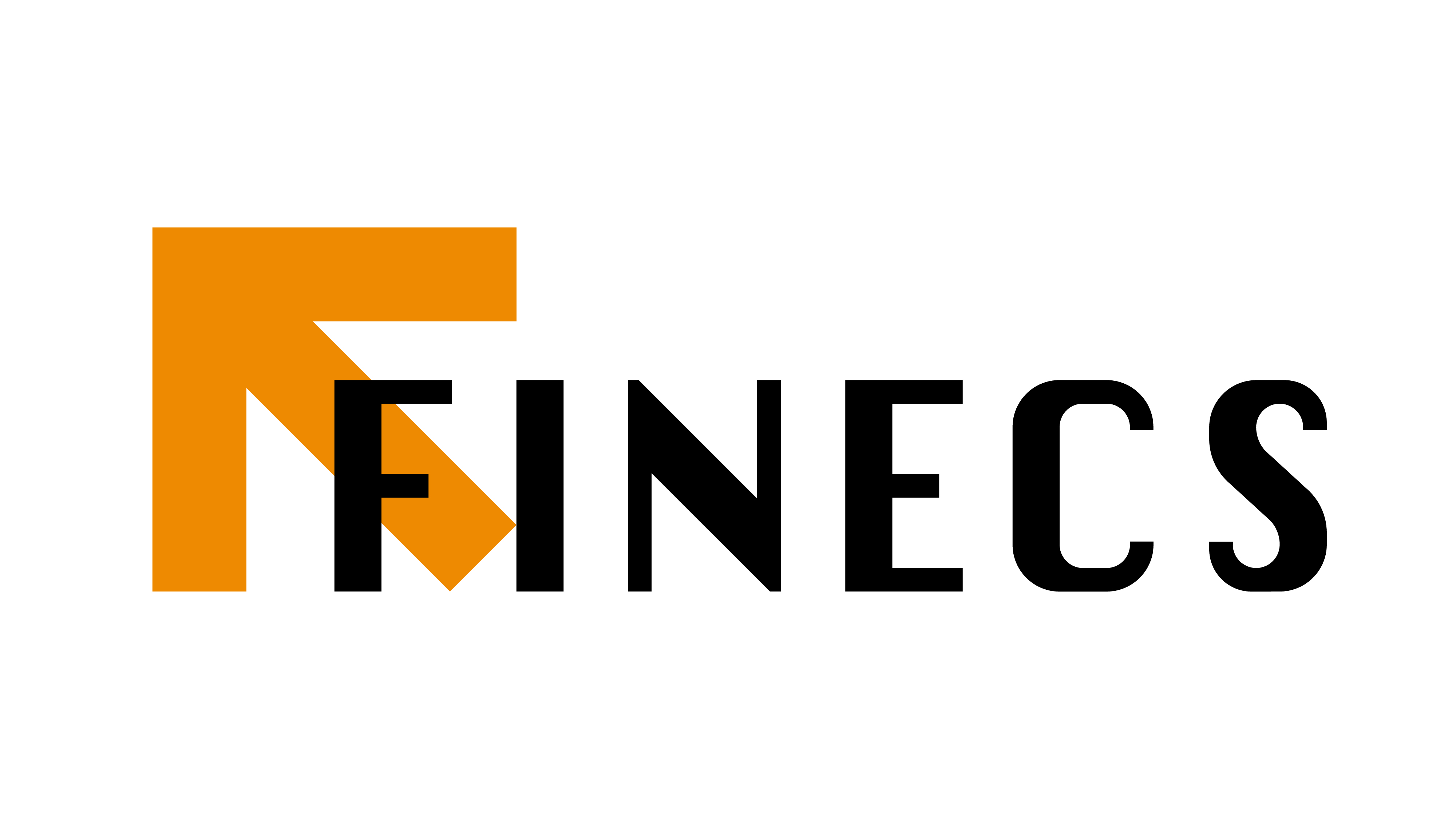

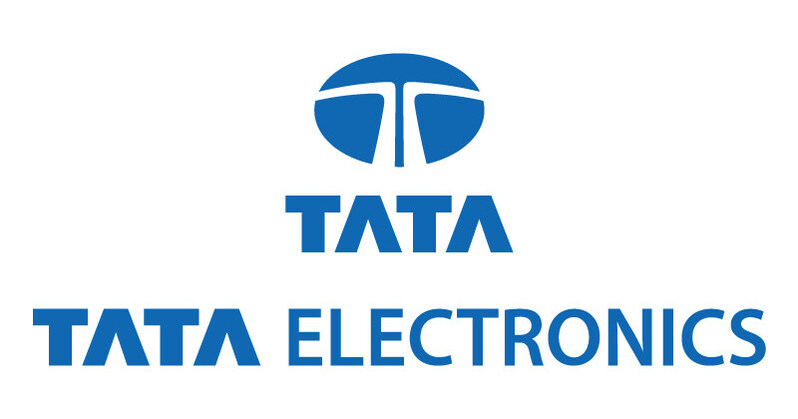











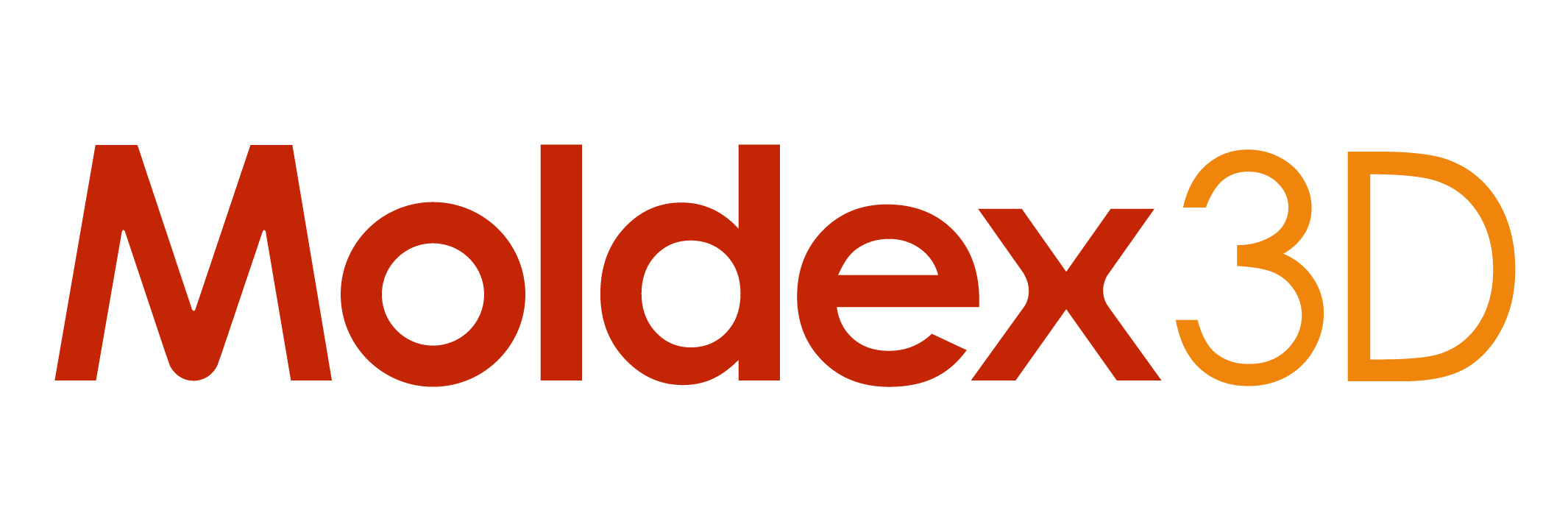
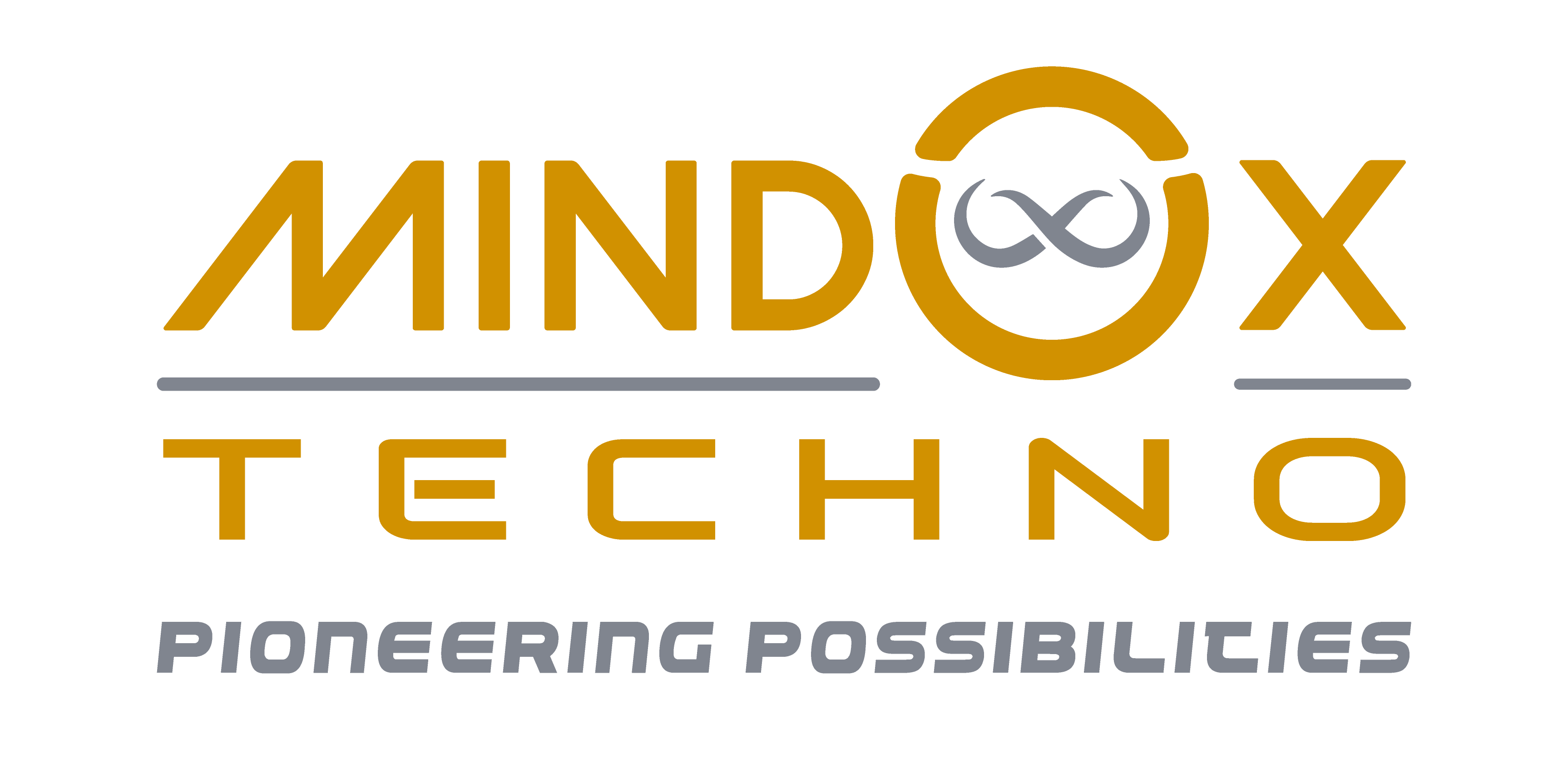

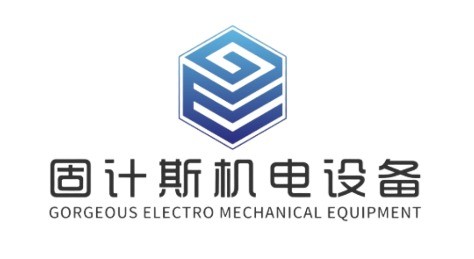
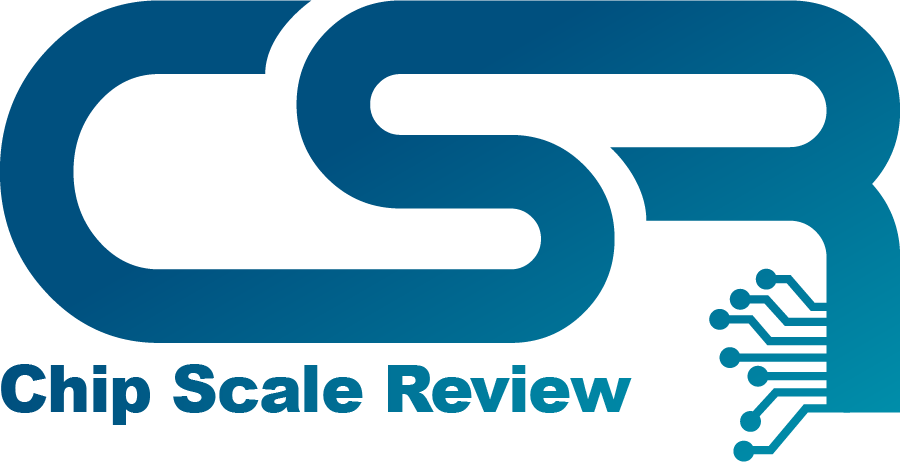

.png)


.png)


